How Australia’s budgerigars have wooed the world
This incredibly smart little Aussie bird is feted by scientists and statesmen alike. Why?
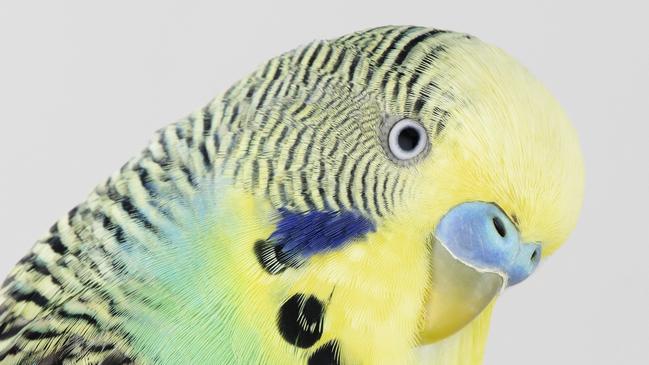
Sir Winston Churchill sat up in his bed, ubiquitous unlit cigar hanging fatly from his lip and a small blue-green bird perched atop his head, and dictated to his secretary. Between occasional swooping sips of his master’s whisky and soda, Toby the budgie dropped his own little bombs on the top-secret thermonuclear project documents spread across the British prime minister’s counterpane. Defence minister Harold Macmillan recalled the scene in his diary entry for January 26, 1955: “This little bird flew around the room, perched on my shoulder and pecked (or kissed my cheek) ... while sonorous sentences were rolling out of the maestro’s mouth on the most terrible and destructive engine of mass warfare yet known to mankind. The bird says a few words in a husky voice like an American actress.”
Toby was indulged in every respect and privy to the most important discussions of budget and policy among the prime minister and senior members of his cabinet. At breakfast Toby would be there challenging his own reflection in the silverware or parading up and down the damask linen tablecloth with a tiny spoon from the salt cellar – a favourite trick. When Churchill was writing his memoirs or letters, Toby would perch on his master’s glasses and sometimes on his head.
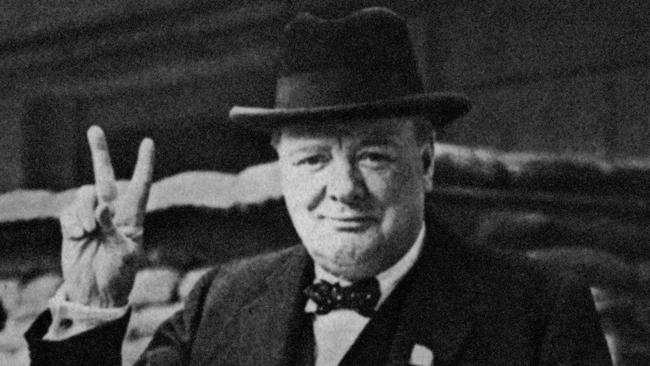
Writing to his wife Clementine on August 8, 1955, Churchill acknowledged Toby as co-author: “My darling, I was so glad to get your letter … Now it has come I take up my pen to answer, aided by Toby, who is sitting on the sheet of notepaper insisting on lapping the ink from my pen in order to send you a personal message … He is a wonderful little bird. He pecked and scribbled with his beak and what I have written so far is as much his work as mine.”
At this stage Toby, a blue and green cock that had been given to Churchill by his son-in-law Christopher Soames, was not yet a year old but he became so ubiquitous that the Chancellor of the Exchequer, Richard “Rab” Butler, carried a special silk handkerchief to wipe the bird’s droppings from the top of his balding head. Leaving an audience with the PM on one occasion besprinkled with budgie poo, Butler sighed, “The things I do for England.”
Toby travelled everywhere with Churchill, including his frequent retirement sojourns to the Riviera where the bird was treated to rosewater baths in a silver bowl in a luxury white marble villa designed by and built for Coco Chanel. He was also a frequent seafarer, joining Churchill aboard Greek shipping magnate Aristotle Onassis’s 100m-long superyacht Christina O. It was during one of his visits to the Côte d’Azur in 1961 that Toby flew out of the window of Monte Carlo’s Hôtel de Paris penthouse suite. He was last seen in the vicinity of the famed casino.
Churchill was greatly upset and Onassis gave him a replacement budgie named Byron that proved somewhat irascible and was sent to Field Marshal Bernard Montgomery, also a well-known budgie breeder, in the hope he could curb its biting. Whether it was this bird rehabilitated or another altogether is unclear, but there was a budgerigar beside Churchill right up until the final months of his life.
The budgerigar, Melopsittacus undulatus, a colourful little Aussie bird, has been painted by masters, coveted by royals, rendered in the finest porcelain, modelled in plastic, dipped in batter, baked in pies, bred artificially in test tubes and depicted on the postage stamps of more than 30 nations from Antigua to Zambia. And it’s a bird with an astonishing capacity to bring out tenderness in great and powerful men.
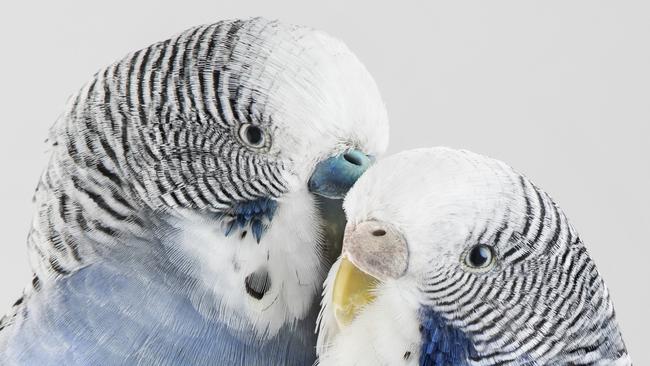
As finds go, the fossilised foot bone of a budgie isn’t much: just 10.5mm, to be exact. But this tiny tarsometatarsus represents the oldest evidence of Melopsittacus undulatus ever found, and it created quite a flutter among ornithologists when it was revealed by Dr Walter Boles in the peer-reviewed scientific journal Emu in 1998.
In all, four budgie bones have been recovered from the famous fossil ground Riversleigh, in north-west Queensland. The bones were found at Rackham’s Roost, one of more than 200 sites within the World Heritage-listed area, and described by the great naturalist Sir David Attenborough as one of the four most important fossil deposits in the world.
Based on the most recent radiometric dating of the layer above the fossil bone layer of the ancient roost, the bones are estimated to be at least 1.1 to 2.8 million years old. Together with the beak of a white cockatoo dating from the earlier Miocene era (23 to 5.3 million years ago), they comprise the earliest record of parrots in Australia.
The budgerigar is a monotypic parrot; that’s to say, it’s the only species in its genus, Melopsittacus. For many years it was thought to be akin to the rosella, but recent DNA analysis shows budgies are most closely related to lorikeets. “It is an interesting little bird because it fooled us for so long by looking and behaving like something it was not,” Boles, a senior fellow at the Australian Museum, says admiringly. “It has had so much attention given to it by breeders over time, we know an awful lot about its genetics now. It is the number one cage bird in the world and yet it carries on as the quintessential Australian bird in the wild.”
The budgie is supremely well suited to life in the arid and semi-arid interior of its homeland. Highly nomadic, it follows rain and feeds predominantly on seasonal seeding grasses. In winter months it is to be found in Queensland at the base of the Gulf of Carpentaria, migrating back to the centre of Australia to breed in spring and summer. The booms and busts of budgie populations are based on the cycles of food supply that follow the El Niño effect. Breeding among the red gums and river gums along watercourses, populations explode in the good times and perish in the bad.
In the 1940s celebrated French ophthalmologist André Rochon-Duvigneaud neatly defined a bird as “a wing guided by the eye”. This is certainly true of budgies, which have such incredible long-range vision they can see rain hundreds of kilometres ahead and navigate there. They usually migrate at night and, harnessing tailwinds, can cover 600km to 800km in a day.
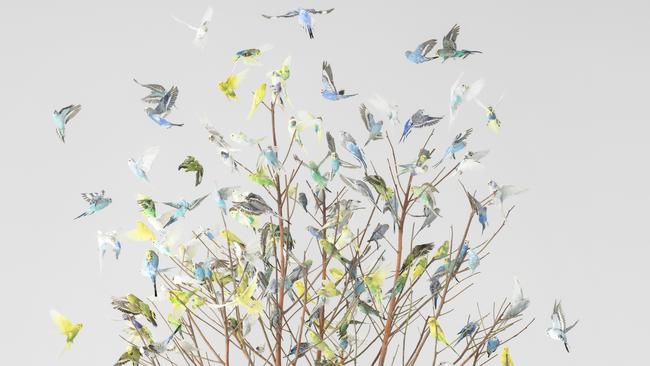
They are hardwired to respond to water. Even after more than 170 years of captive breeding, caged birds will greet rain and even running taps with excited chirping. The budgie has an intelligence-based survival mechanism. “It has to change its thought patterns every day,” avian health expert Dr Rob Marshall says. “The key thing that separates budgerigars from other parrots is their adaptability. It is the most adaptable parrot in the world. The species’ ability to survive so long and in such harsh conditions is based on their intellectual capacity to respond, to think and know what is going on. Really, they are just amazing, very, very clever birds.”
Budgies themselves have a great deal to offer science. As creatures that are easily bred, rapidly maturing, remarkably obliging and capable of ongoing learning, they make excellent laboratory subjects and have been used in many studies relating to hearing, vocal communication and learning as well as flight navigation.
With their ability to fly at great speed through complex environments, these ubiquitous Aussie bush birds are helping provide valuable guidance information for autonomous aircraft, which are coming as surely as driverless cars. One study, funded by Boeing Defence Australia and the Australian Research Council and conducted by researchers from the Queensland Brain Institute, sent opposing pairs of budgies flying towards each other through a tunnel to establish how they avoid mid-air collision. After 102 incident-free flights researchers concluded the reason was that the birds always veered right. Other studies have examined how the birds use visual clues to navigate tight spots and adjust their wingspan.
While providing information that can help with the design of navigation and guidance systems, and further enhance understanding of the physics and evolution of flight, budgerigars may yield even more important clues when it comes to cognition and ageing, some researchers believe. Canadian biologist Dr Andrew Iwaniuk, research chair in comparative neuroanatomy at the University of Lethbridge in Alberta, has a great deal of time and respect for budgies. “Birds have long been a model in neuroscience for studying learning and memory,” he says. “Parrots, including budgies, have this ability to learn new tasks and do different things and essentially maintain flexibility in their behaviour that is far more like humans than using a rat or a mouse model to study the neural basis of cognition or just cognitive processing in general.
“One of the things that they can help teach us is how animals that engage in lifelong learning do that and why they are capable of doing that when other animals can’t. That would actually give us more insight into our own brains and cognition.”
Budgies are incredibly smart. Recent studies have shown that these little birds can pick out abstract patterns in speech, making them the first non-human species to grasp simple grammar. Research has also demonstrated that they can count to six, recognising which closed containers contain food by the number of dots painted on the top of them. They also yawn contagiously, just as humans do – a trait linked to empathy and previously only found in other primates and dogs. Budgies also have a sense of rhythm and can dance to music like other parrots.
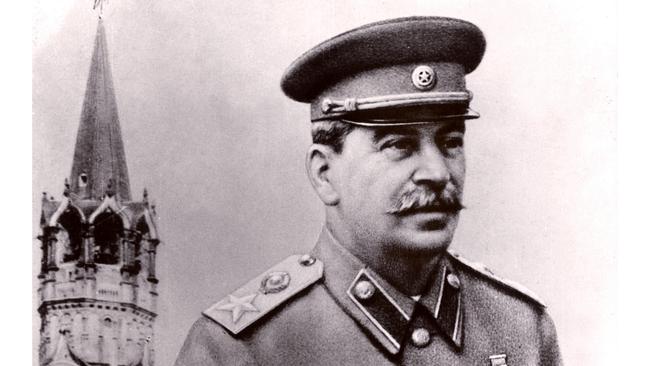
As bombs rained down on London and whole neighbourhoods were reduced to smoking craters, budgies did their bit to lift the national morale. In addition to the usual repertoire of nursery rhymes and everyday phrases, many a bird was taught patriotic slogans, interjecting with “Down with Hitler!” or “Shoot Göring!” as neighbours swapped war news over a cuppa. A forward-thinking Liverpool woman trained her bird to quiz her, “Got your gas mask, Mum?” when she was about to leave the house.
The Liverpool Daily Post of April 8, 1940 reported the antics of a budgerigar in the village of Rhuddlan known as Billy: “Billy flies about the Marsh Hotel, and if it hears Hitler’s name being mentioned it immediately flies into a rage, screeching ‘Nasty man, nasty man. Three cheers for Churchill’. ‘Billy is terribly patriotic,’ Mrs Thomas Lee, the licensee, told a reporter. ‘He has been able to speak since only a few weeks old, and now he is nearly two years old’.”
When the war finally ended, naturally budgerigars inveigled their way into the Potsdam Conference with the “Big Three” Allied leaders. Surprisingly, though, it was not the animal-loving Churchill who brought “love birds” to the historic court of Prussian kings – he didn’t acquire his famous budgerigar Toby until 1954 – but the Soviet dictator Joseph Stalin.
Two budgerigars, said to be Stalin’s constant companions, were installed in a large gilt cage in his personal suite. The man held responsible for the deaths of millions of his countrymen reportedly uncovered and talked to his birds each morning as orderlies waited, napkins on arm, to serve him breakfast.
Edited extract from Budgerigar by Sarah Harris and Don Baker (Allen & Unwin, $29.99), published March 31

To join the conversation, please log in. Don't have an account? Register
Join the conversation, you are commenting as Logout